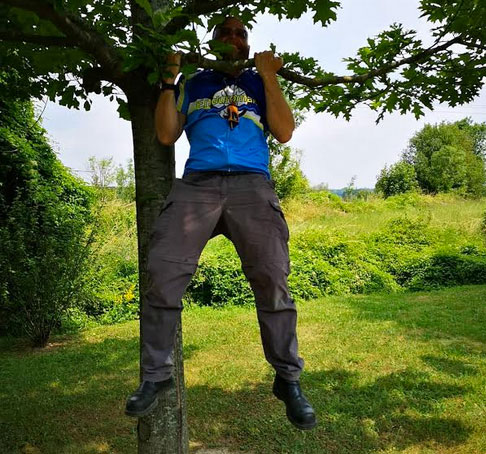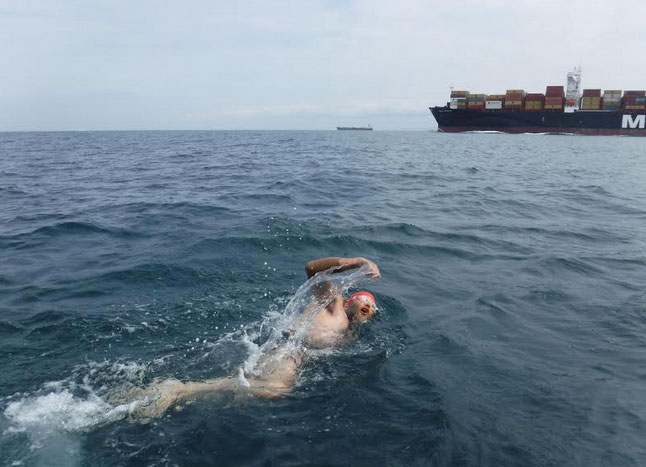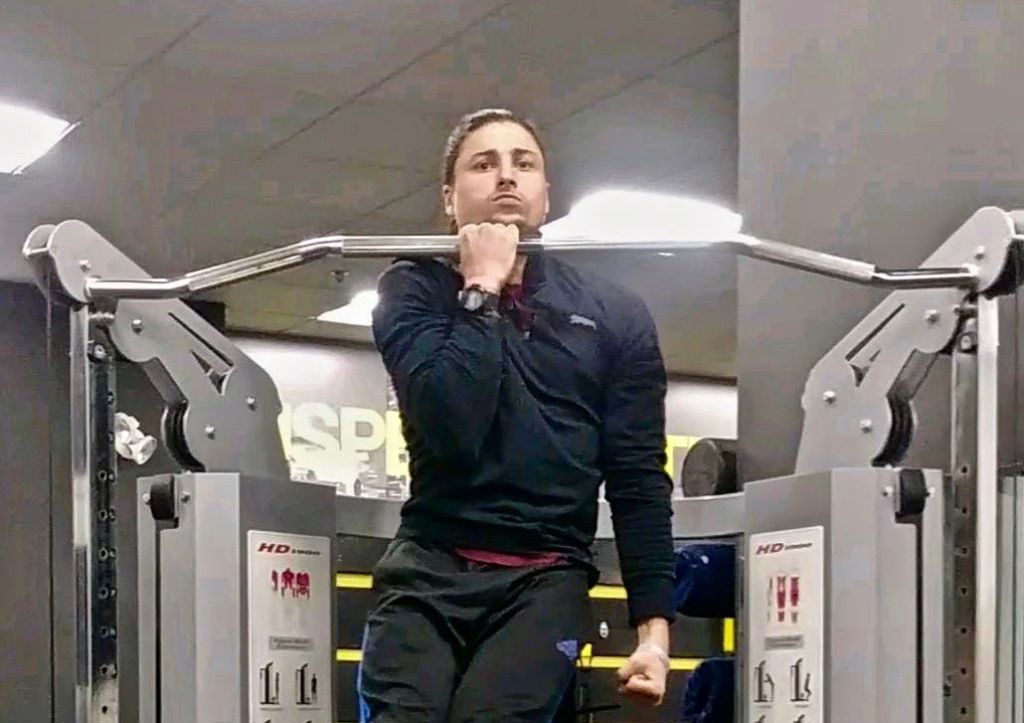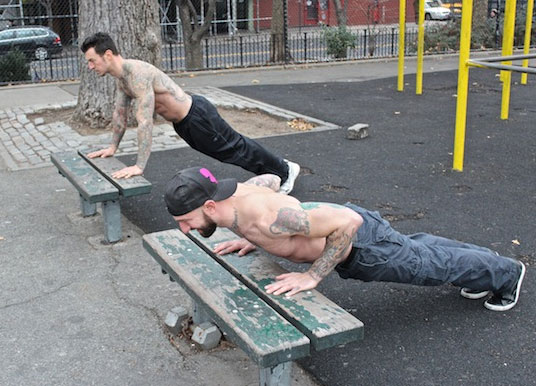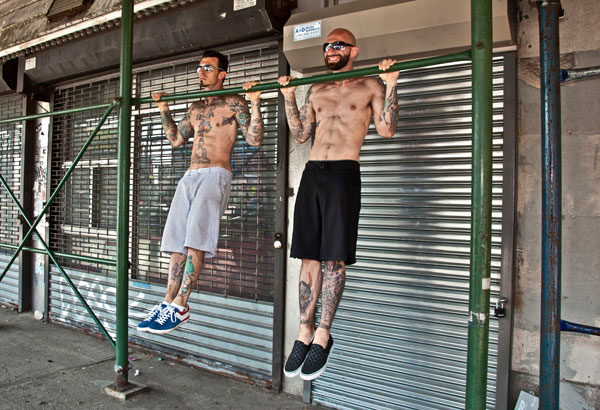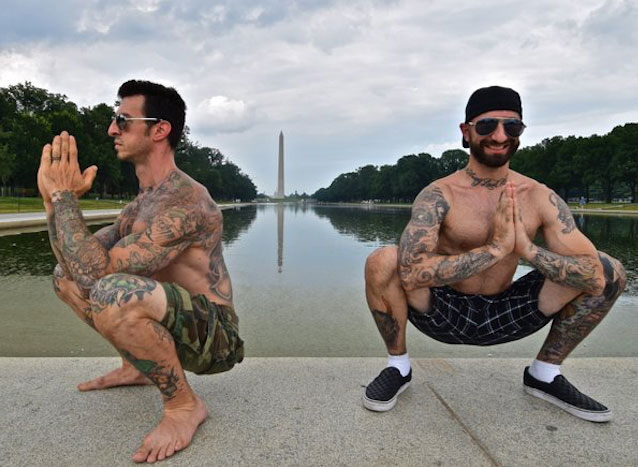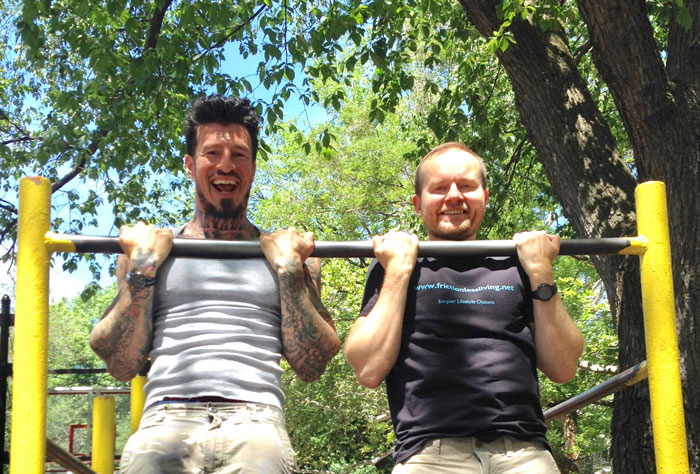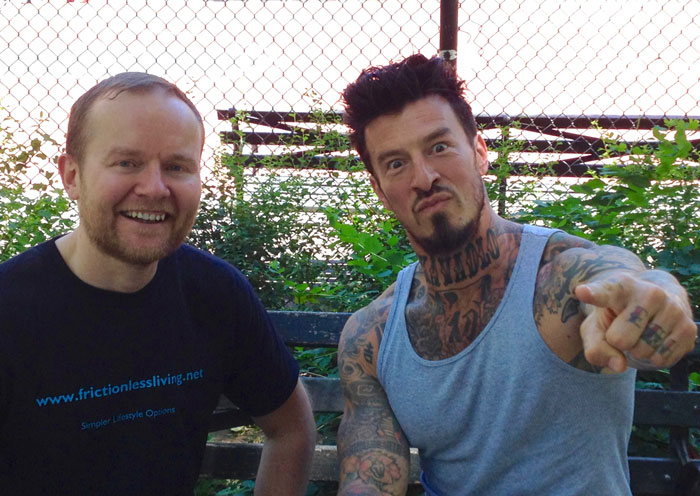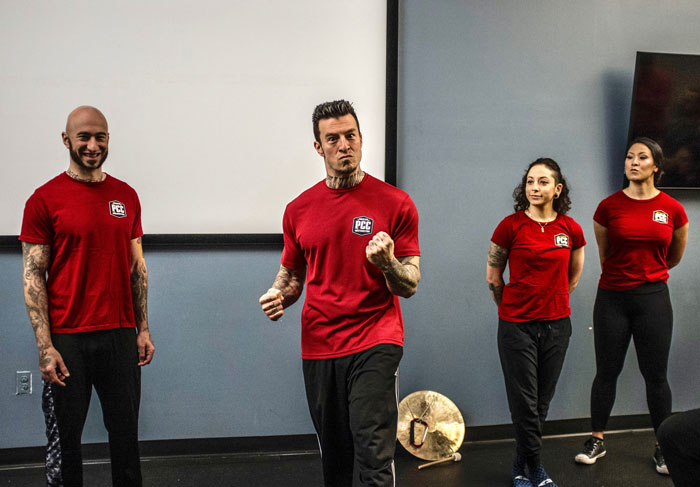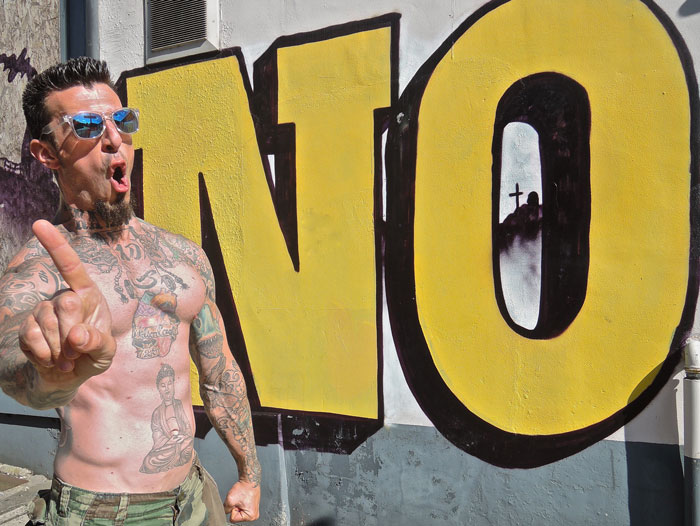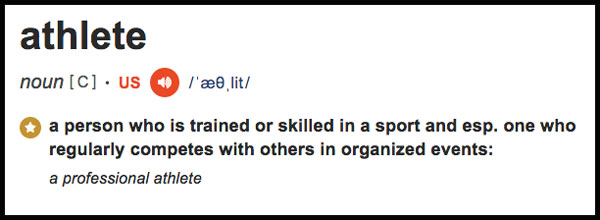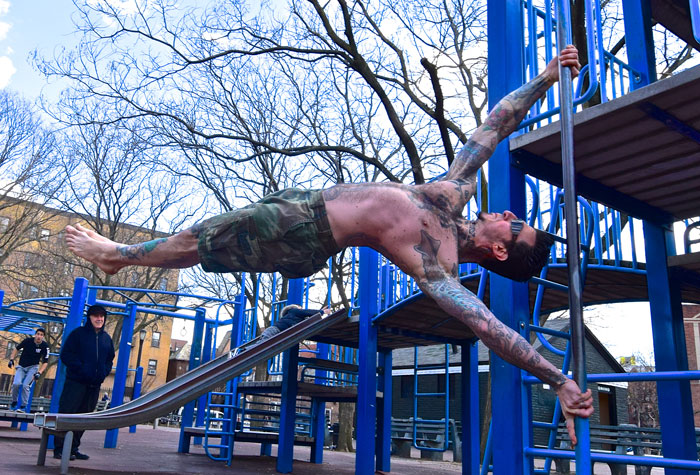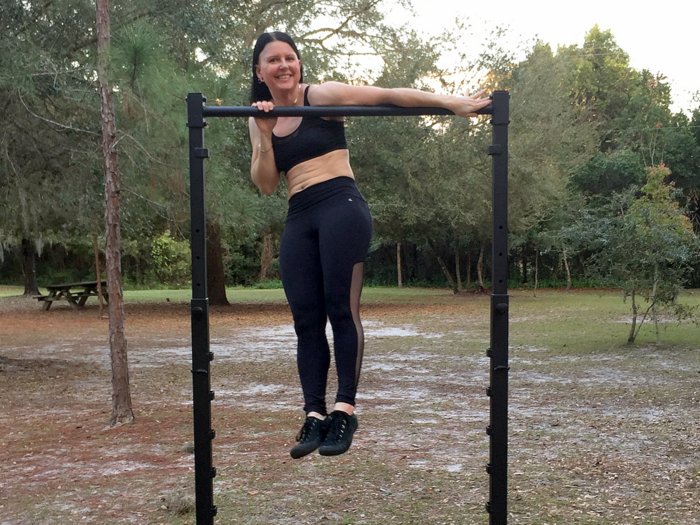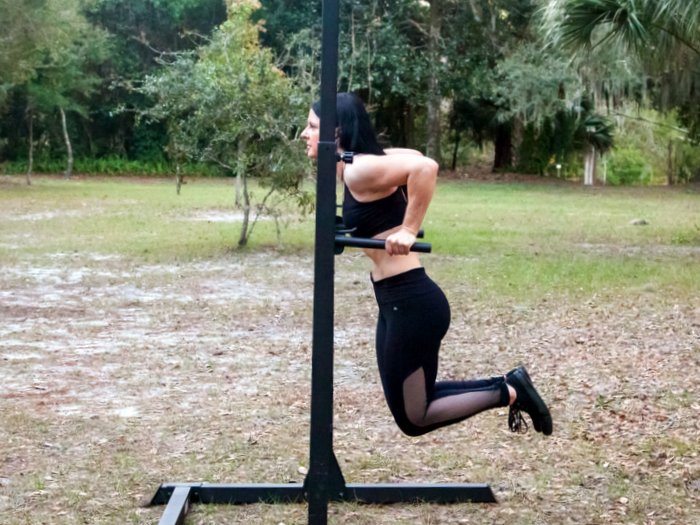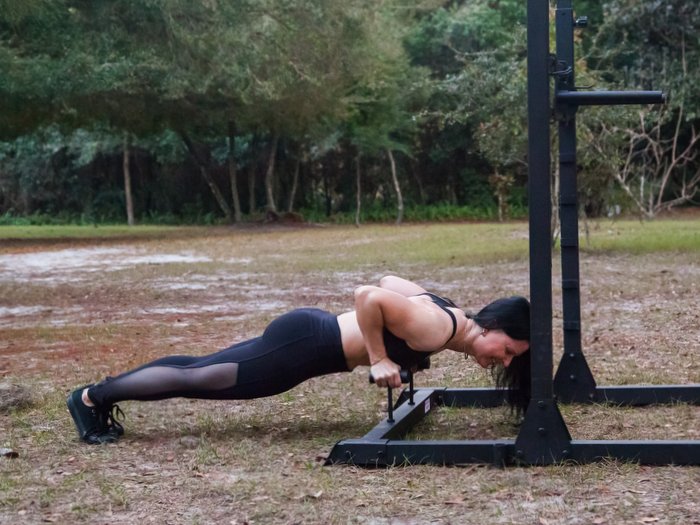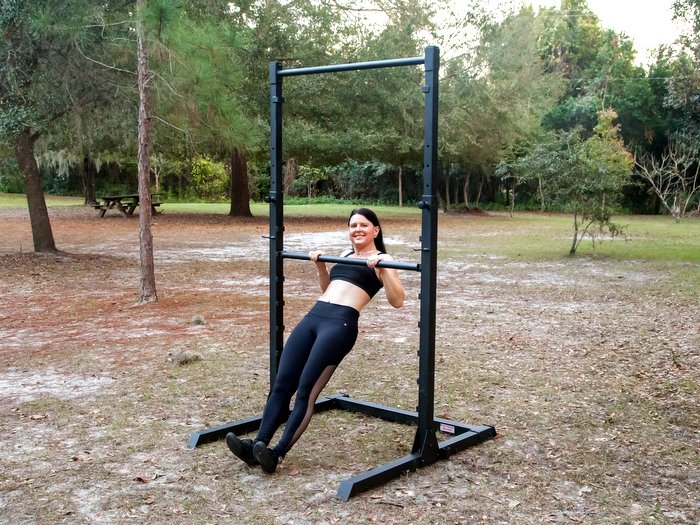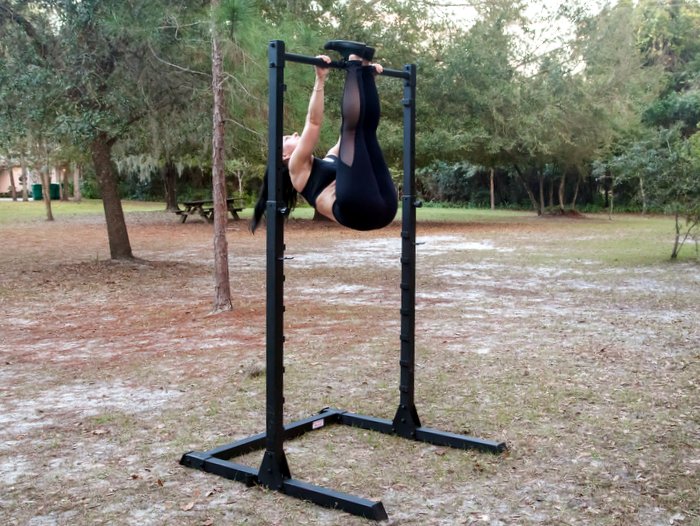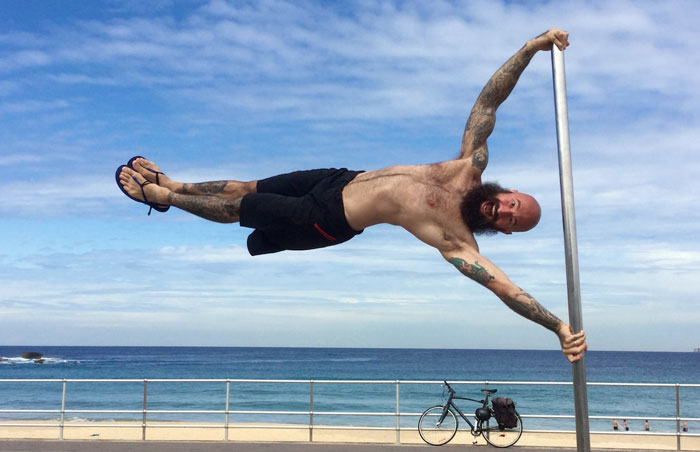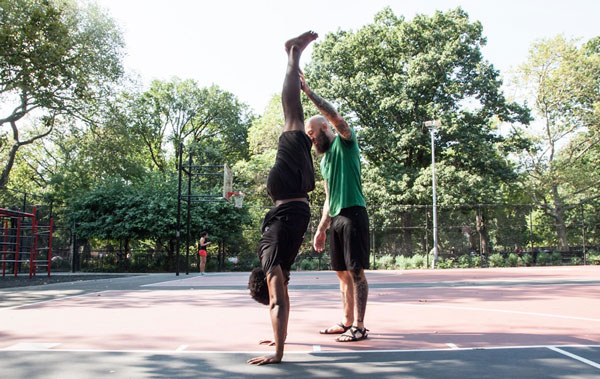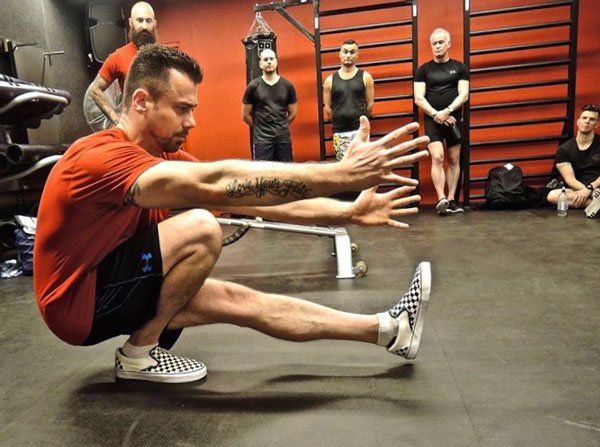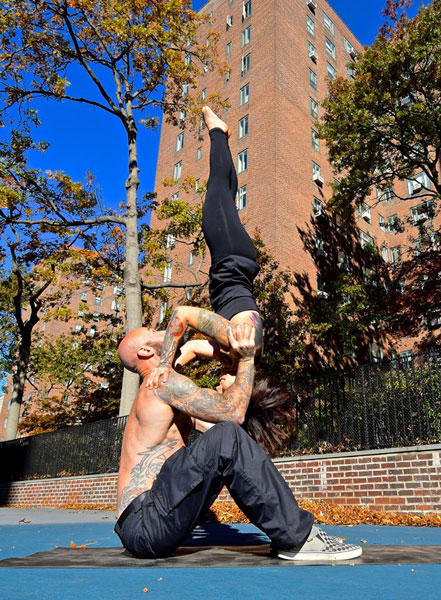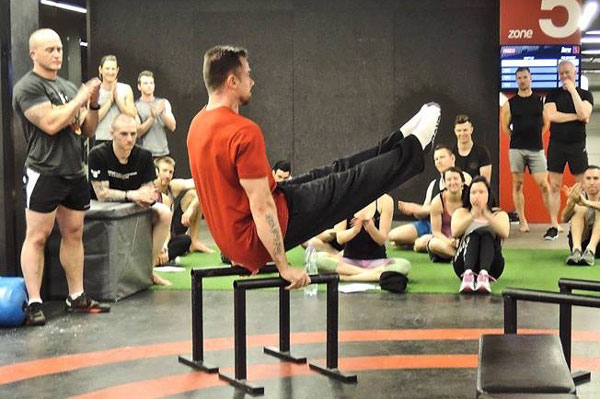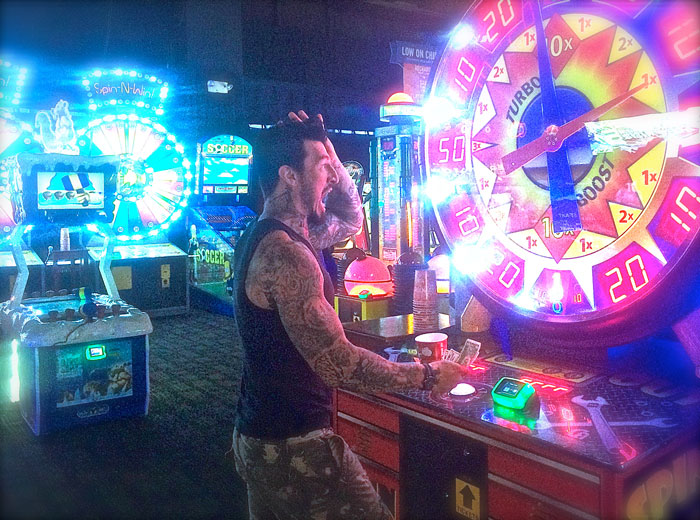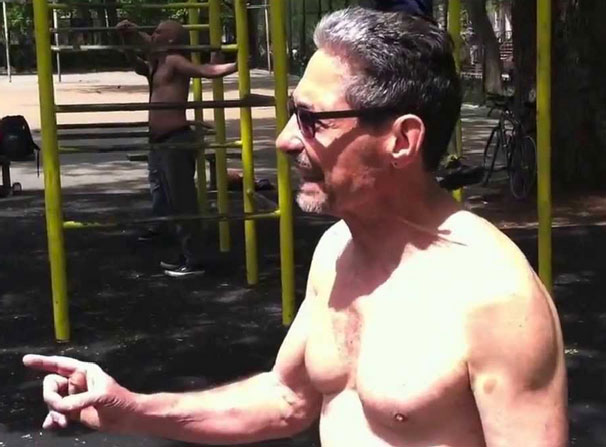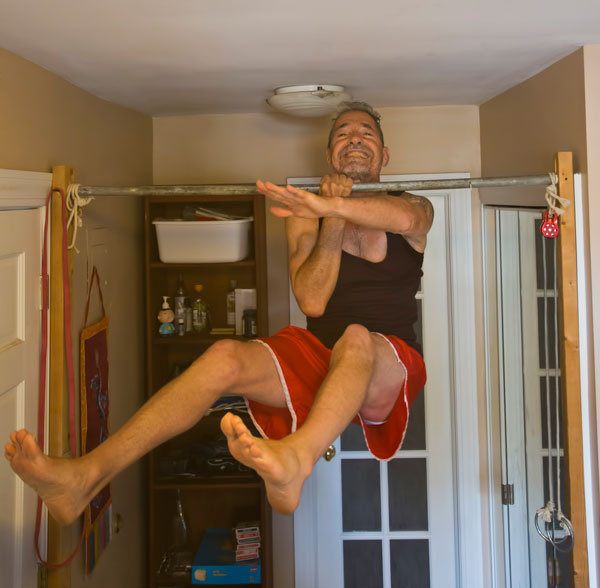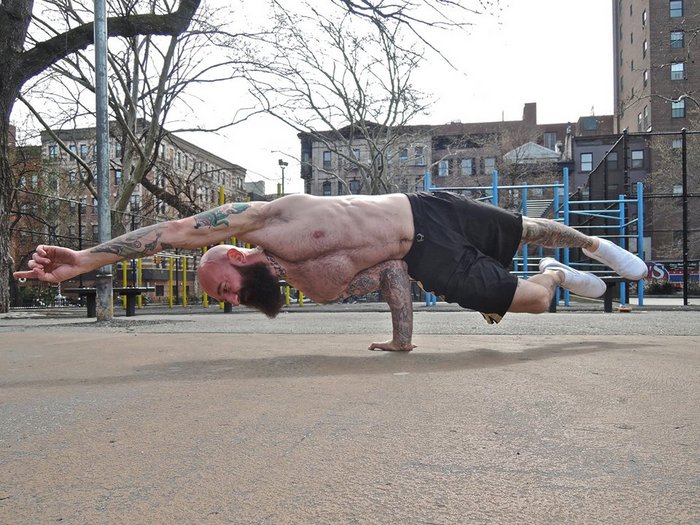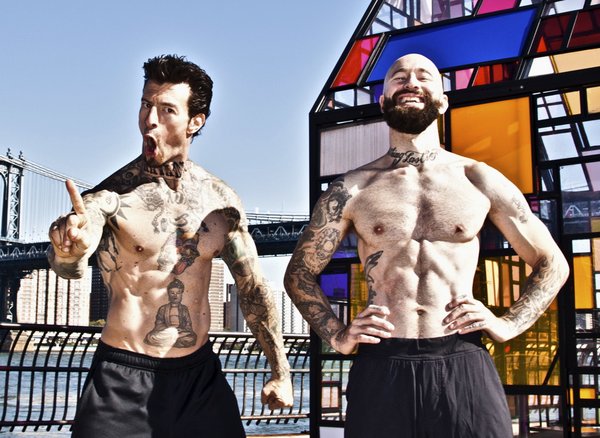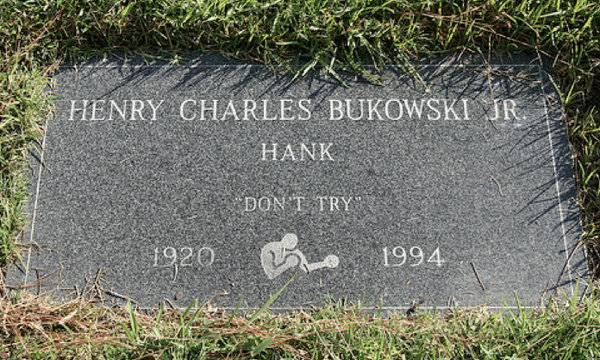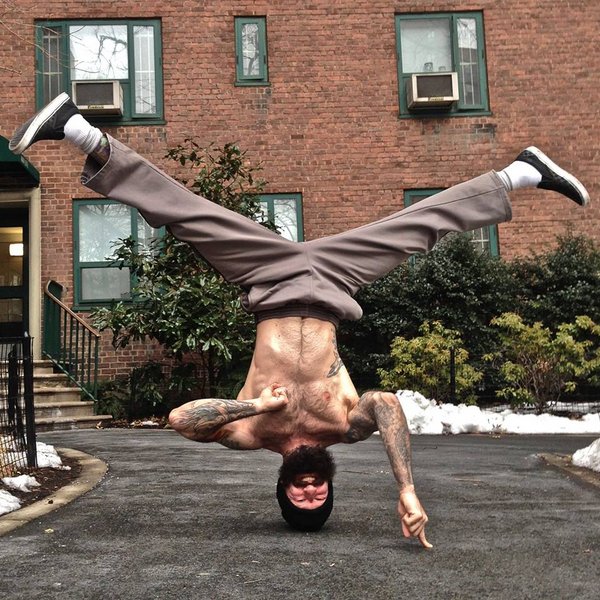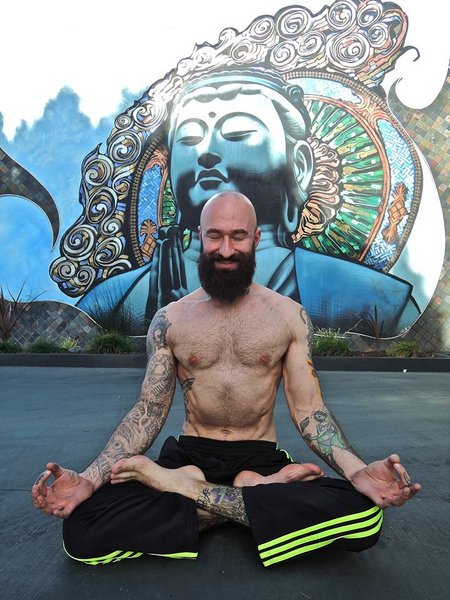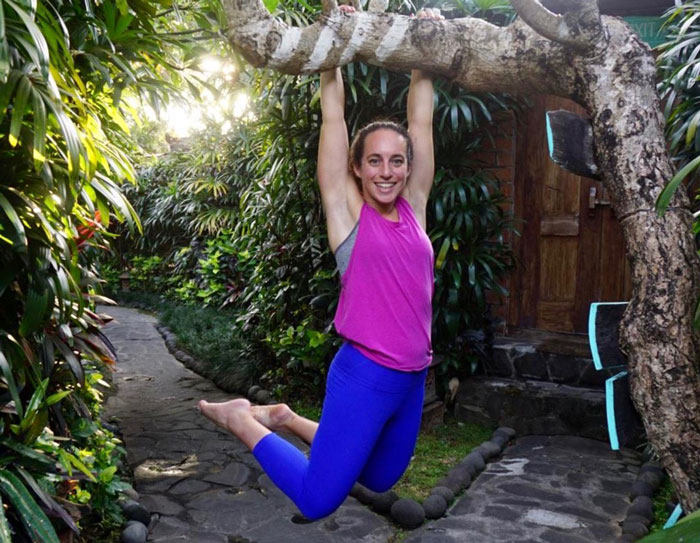
“Does this bring me joy?”
Such a simple, yet profound question. This quintessential advice from organizational expert Marie Kondo has spurred millions to begin downsizing, de-cluttering, and “tidying” their physical belongings. However, this question applies to all areas of our lives.
Think about your friends and acquaintances. Are you left feeling energized after spending time with them? Do they fill you up, or do they drain your cup?
What about your daily activities, the foods you eat, the clothes you wear, and the products you use? Do your choices enliven and enlighten, or weigh you down?
If you decisions feel like burdens, then you are not filling your life only with things that bring you joy.
Modern life is complicated. It can feel like our attention must be divided into a million different places. Many of us are already overextended, yet we still try to pack more into already over-booked calendars. But sometimes having more responsibilities leads to more anxiety, more headaches, or more exhaustion, not necessarily more joy. Ultimately—if this pattern continues unchecked for too long—we will inevitably burn out.

I believe the solution is to subtract rather than to add. Taking away things can minimize sources of stress and drastically increase your overall joy. Consider this scenario as it pertains to your fitness: You’ve been told you have to do your daily stretches, your cardio, strength training, HIIT, spinning, and of course the five “latest-and-greatest” ab exercises you just saw in SELF magazine! But is all of that appealing to everyone? And who has time for all that anyway?
You may feel like you barely have time to get to the gym twice a week (and when you do, it’s a huge success!) Or maybe you’ve already been training regularly and you have specific exercises that make you feel amazing. Exercise is not “one size fits all” and joy is a uniquely personal experience. Chances are, all the advice you see and hear is well intended, but may not have the same results for you.
Eliminating the excess and trimming away all the waste leaves only the highest quality. Like trimming away the fat from a good slab of steak, or carefully picking away the wilted lettuce from a fresh head of romaine. When we trim the excess, what remains is the highest quality and often the very best for our physical and mental health.
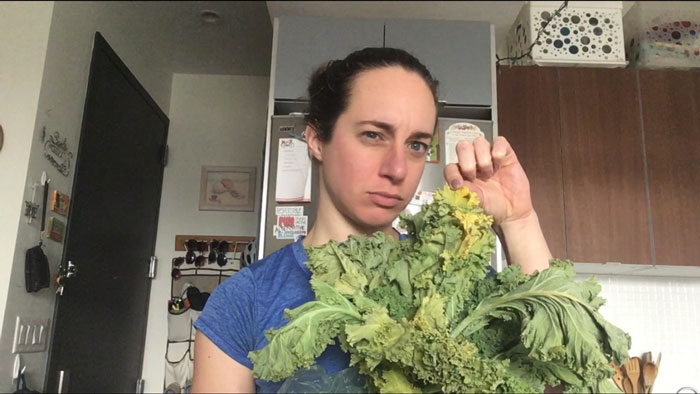
When we remove what’s unnecessary, we are left with only things that we truly value, things that truly bring us joy and enhance our lives. Simplicity creates more energy and mental clarity. Decisions become easier when options are limited. This saves time and precious mental energy, which you can then redirect towards things that bring you joy.
Simplicity also fosters creativity. Guidelines and parameters actually force you to stretch your creative muscles. For example, try naming five ways you can spice up your push-up using hand positions. Try thinking of three different pull-up grips. Try to name as many different squat variations as you can.
With less options, you spend less time deciding and more time getting straight to the heart of the workout. Not sure what to do for your workout today? Instead of researching a bunch of fancy new moves on YouTube, you can’t go wrong with a few rounds of the basics: good ol’ pushups, squats, pull-ups, and planks will take you far – its the biggest bang for your buck.
When you think minimally, you free your mind as well as your body. No fancy gym equipment is necessary–all you need is a floor! As Al Kavadlo says: “If you don’t have a floor, then you have bigger problems!”
In your workouts and in your life, find out what brings you joy. Subtract and adjust as needed, so that only what remains is only what truly makes you feel energized, whole and alive. Curate your own joyful existence.
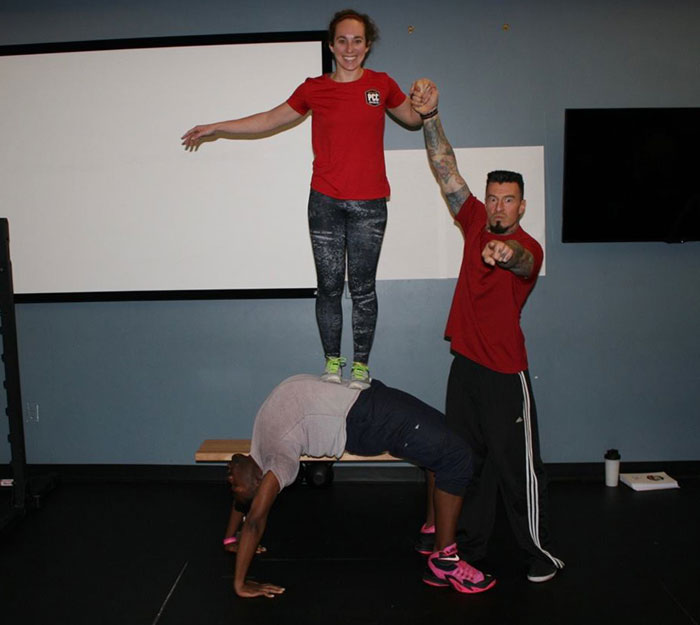
***
Julie Briggs is a PCC instructor, personal trainer, and performance coach who helps her clients live more productive, fulfilling lives by targeting the brain and nervous system. Ms. Briggs works with private clients in Brooklyn, NY, speaks at workshops and conferences, and was featured on the Dr. Oz show. She shares her insights on fitness, health, and happiness on Instagram @fit.insight, Facebook (Fit Insight), and email: hi@fitinsight.net
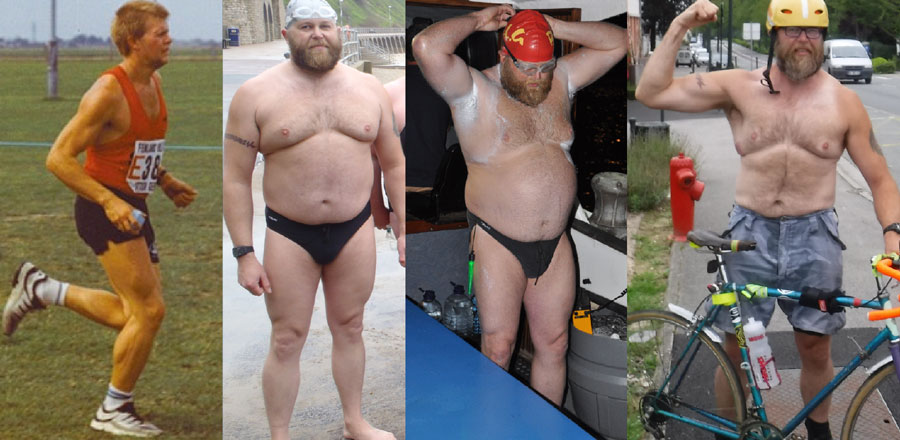
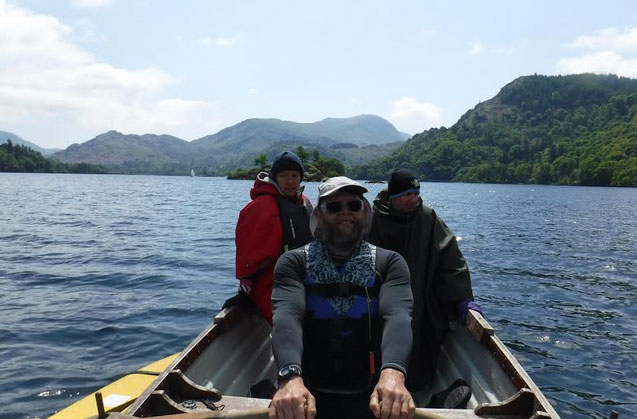
 At the Louvre in Paris the other week, I photographed a bearded statue with a big arm. “That’s me,” I declared to myself, that perfection visible to me beneath an imperfect form. “It’s what you are becoming,” said a voice from the future. I didn’t realize until relatively recently (the last decade or so) that I am a time traveler. I’ve often imagined my future self returning to give advice. Sometimes the advice felt unhelpful, but I took comfort that the future me cared enough to try and help. Sometimes sneering at the elder know-it-all version of myself, I resolved to do it my way. “Stick to the basics,” he said, but I clamored for the cheer of the crowd, the wow of friends and colleagues. Vanity lifting and trophy hunting were (and are) very seductive.
At the Louvre in Paris the other week, I photographed a bearded statue with a big arm. “That’s me,” I declared to myself, that perfection visible to me beneath an imperfect form. “It’s what you are becoming,” said a voice from the future. I didn’t realize until relatively recently (the last decade or so) that I am a time traveler. I’ve often imagined my future self returning to give advice. Sometimes the advice felt unhelpful, but I took comfort that the future me cared enough to try and help. Sometimes sneering at the elder know-it-all version of myself, I resolved to do it my way. “Stick to the basics,” he said, but I clamored for the cheer of the crowd, the wow of friends and colleagues. Vanity lifting and trophy hunting were (and are) very seductive.